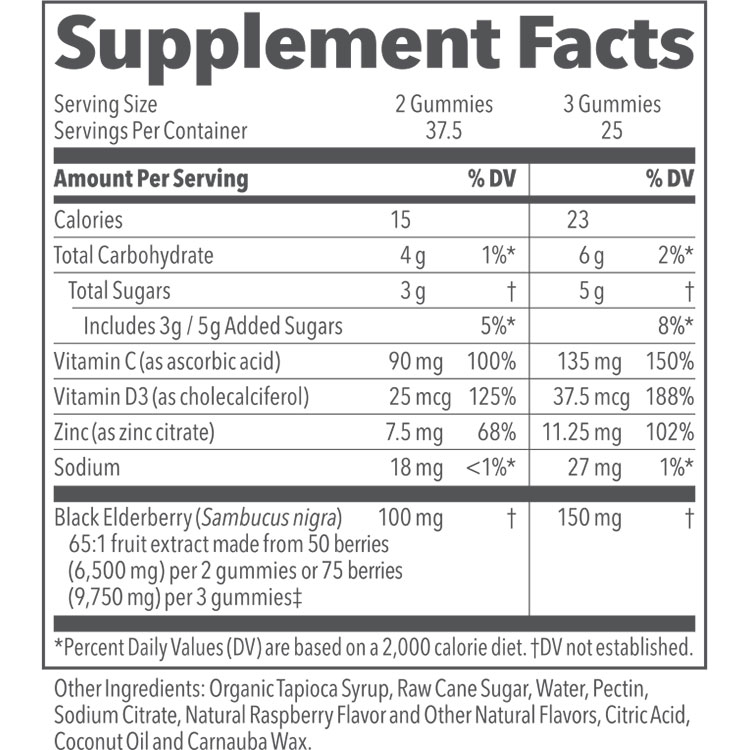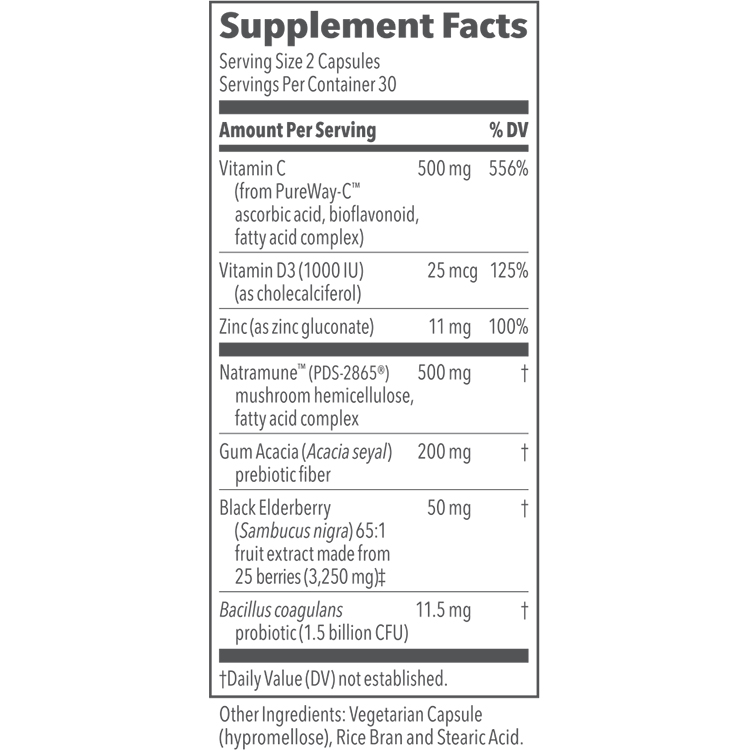WHAT IS COPD?
Chronic obstructive pulmonary disorder often referred to as COPD, is a lifelong condition in which the lungs become inflamed and thicken. Chronic obstructive pulmonary disorder can cause serious long-term disabilities and early death (1). The inflammation caused by COPD narrows the airways and makes breathing difficult. COPD also causes the tissue inside the lungs where oxygen is exchanged to be destroyed, causing the flow of air in and out of the lungs to decrease. This causes less oxygen to get into the body and makes it harder to rid the body of gaseous wastes such as carbon dioxide (1)
RISK FACTORS OF COPD
The biggest risk factor for chronic obstructive pulmonary disease (COPD) is smoking. Smoking increases your risk of both developing and dying from COPD. Other risk factors for COPD include:
- Breathing secondhand smoke
- Working with chemicals, dust, and fumes. This includes cleaning with strong chemicals like Bleach or Ammonia.
- Exposure to air pollution. Avoiding going outside when the air quality is bad or wear a mask to prevent inhalation of pollution.
- A genetic condition called Alpha-1 deficiency. People with Alpha-1 deficiency have livers that do not make enough of a certain type of protein called AAT. The job of AAT is to help protect the lungs from damage. Because the lungs do not have enough AAT, breathing irritants and air pollution are more detrimental to their lungs (7)
- A history of childhood respiratory infections, such as RSV (respiratory syncytial virus)
SYMPTOMS OF COPD
Initially, COPD might not cause any symptoms or will present very mild, easy-to-ignore-symptoms. As the disease progresses, however, the symptoms become more severe and life-threatening. The national heart lung and blood institute list the following as common signs and symptoms of COPD:
- An ongoing cough, or a cough that produces large amounts of mucus. (often referred to as a smoker’s cough)
- Shortness of breath, especially during physical activity
- Wheezing, or a whistling or squeaky sound with breathing
- Tightness within the chest (3)
Some severe symptoms require treatment in a hospital. If any of the following severe symptoms below apply to you, the National Heart Lung and Blood Institute warns that you should seek emergency care immediately.
- You are having a hard time catching your breath or talking.
- Your lips or fingernails turn blue or gray, a sign of a low oxygen level in your blood.
- People around you notice that you are not mentally alert.
- Your heartbeat is very fast.
- The recommended treatment for symptoms that are getting worse is not working (3).
COPD FACTS AND STATISTICS
- COPD is a leading cause of death in the United States, affecting 16 million Americans and millions more who don’t know they have it (2).
- Rates of COPD are highest in the Southeast and Midwest states (2).
- Women have higher rates of COPD than men throughout most of their lifespan, although it appears that they’re especially vulnerable before the age of 65 (2).
- Most COPD is caused by smoking. However, only one in five smokers will get significant COPD (2).
- The World Health Organization (WHO) reported that more than 3 million people died due to COPD in 2015. That represents 5 percent of all deaths worldwide (2).
MEDICAL TREATMENT OF COPD
There is no cure for COPD, however, there is a treatment that can help relieve and suppress the symptoms associated with COPD.
A common form of treatment for chronic obstructive pulmonary disease (COPD) is bronchodilators. Bronchodilators are taken using an inhaler. They help to relax the muscles around your airway, making breathing easier. A doctor can prescribe either short-acting or long-acting bronchodilators, depending on the severity of COPD. short-acting bronchodilators last four to six hours while long-lasting bronchodilators can last up to 12 hours or more and are often used every day (3). Severe chronic obstructive pulmonary disease often needs oxygen therapy. This is prescribed when the symptoms of COPD are so severe that the oxygen levels in the body get too low. For this treatment, oxygen is delivered through tubes in the nose or a face mask (3).
NATURAL WAYS TO SUPPORT A HEALTHY RESPIRATORY SYSTEM
Practices that Help Support a Healthy Respiratory System:
- Stop smoking and reduce exposure to cigarette smoke or other lung irritants
- Diet high in fruits and vegetables can protect the lungs from “oxidative damage caused by tobacco smoke and potentially prevent chronic obstructive pulmonary disease (COPD)” (4,5,6).
- Daily exercise
Natural Supplements that Help Support Respiratory Health:
- Boswellin (8)
- Eucalyptus (9)
- N-Acetyl Cysteine (10)
REFERENCES
- How Serious Is COPD. American Lung Association. http://www.lung.org/lung-health-and-diseases/lung-disease-lookup/copd/learn-about-copd/how-serious-is-copd.html. Accessed September 17, 2018.
- Preventing COPD. American Lung Association. http://www.lung.org/lung-health-and-diseases/lung-disease-lookup/copd/symptoms-causes-risk-factors/preventing-copd.html. Accessed September 24, 2018.
- COPD. National Heart, Lung, and Blood Institute. https://www.nhlbi.nih.gov/health-topics/copd. Accessed September 17, 2018.
- Thomas J. COPD: Facts, Statistics, and You. https://www.healthline.com/health/copd/facts-statistics-infographic. Accessed September 24, 2018.
- Nordenvall C, Oskarsson V, Wolk A. Fruit and vegetable consumption and risk of cholecystectomy: A prospective cohort study of women and men. European Journal of Nutrition. 2016:57(1);75-81. doi:10.1007/s00394-016-1298-6
- Kaluza J, Harris H, Wallin A, Linden A, Wolk A. Dietary Fiber Intake and Risk of Chronic Obstructive Pulmonary Disease. Epidemiology. 2018 Mar;29(2):254-260. doi:10.1097/ede.0000000000000750
- Causes & Risk Factors. https://copd.net/basics/causes-risk-factors/. Accessed September 17, 2018.
- Moncivaiz A. Boswellia (Indian Frankincense). https://www.healthline.com/health/boswellia. Accessed September 24, 2018.
- Eucalyptus: Uses, Side Effects, Interactions, Dosage, and Warning. https://www.webmd.com/vitamins/ai/ingredientmono-700/eucalyptus. Accessed September 24, 2018.
- N-Acetyl Cysteine: Uses, Side Effects, Interactions, Dosage, and Warning. https://www.webmd.com/vitamins/ai/ingredientmono-1018/n-acetyl-cysteine. Accessed September 24, 2018.




